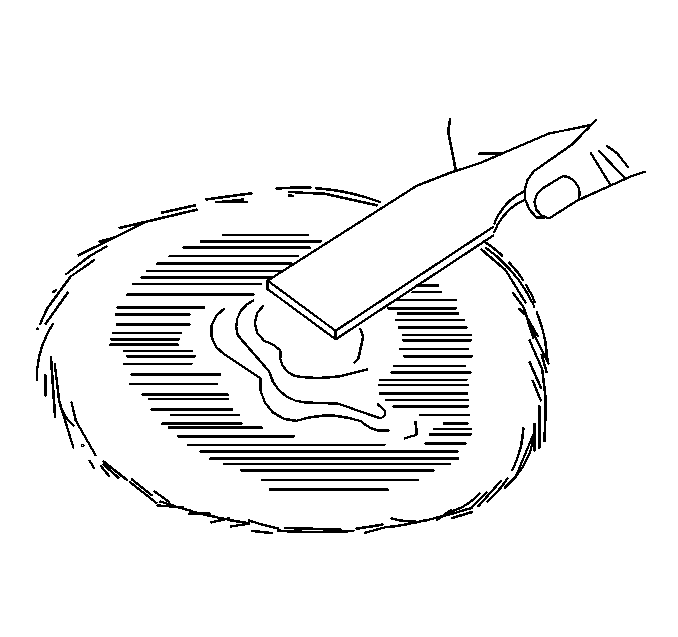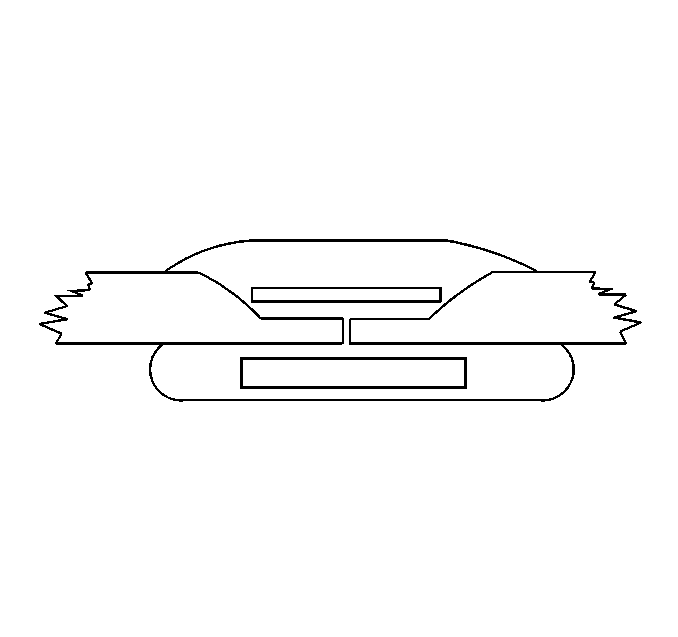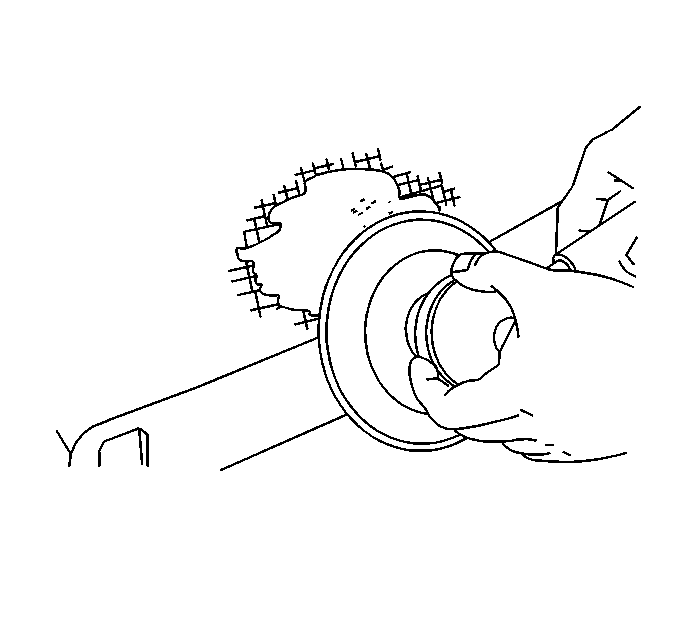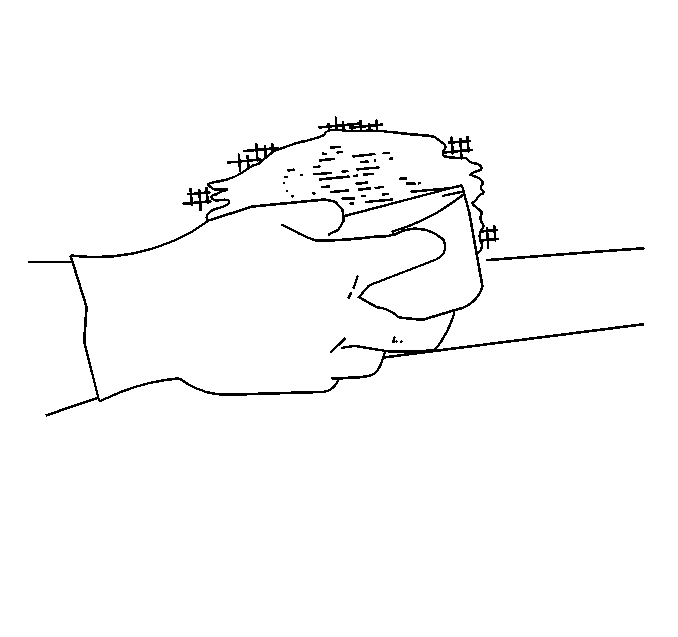For 1990-2009 cars only
Before proceeding, refer to General Plastic Repair and Plastic Repair Precautions .
- Clean and inspect the damaged area. Refer to General Plastic Repair
- Clamp or tape the damaged area in order to maintain alignment.
- Prepare the damaged area for the installation of a backing patch. If the rear of the damage is accessible proceed with steps 4 through 6 If the rear of the damage is not accessible skip to step 7.
- Scuff the inner surface with a #80 grit disc on a D.A. sander or by hand if the access is limited.
- Apply the correct repair material to the inner surface. Refer to Flexible Plastic Part Repair Materials or Rigid Plastic Part Repair Materials .
- Apply a backing patch and skip to step 17. Refer to Backing Patch Fabrication
- If the rear of the damaged area is not accessible remove some of the damaged material forming an access hole through which you can slip a backing patch.
- Cut a backing patch from a scrap piece of panel. Refer to Backing Patch Fabrication
- Sand the mating surface of the patch.
- Reach through the access hole and sand the underside of the repair area.
- Drill two holes in the backing patch.
- Thread a piece of waxed wire through the holes in order to assist in holding the patch in place after installation.
- Apply the correct repair material to the mating surface of the patch. Refer to Flexible Plastic Part Repair Materials or Rigid Plastic Part Repair Materials .
- Slip the patch through the access hole.
- Pull up hard on the waxed wire until the repair material squeezes out on all sides.
- Twist the wire around a piece of wood in order to hold the patch in position until the repair material cures.
- Cure the repair material according to the manufacturer's instructions.
- Remove any tape, clamps, or waxed wire used to maintain alignment.
- On the outer surface of the panel, bevel the damaged area with a #50 grit Roloc disc in order to extend the contact between the repair material and the substrate.
- Using a D.A. sander, feather out several inches beyond the damaged area in order to remove any paint or primer from the substrate, and provide a proper adhesion surface.
- Carefully and smoothly apply a light coat of repair material to the damaged area.
- Add mat material as needed to strengthen.
- Apply a final layer of repair material at a slightly higher level than the surrounding area.
- Cure the repair material according to the manufacturer's instructions.
- Rough out the surface using a #80 grit disc on a D.A. sander or a curved-tooth body file.
- Finish sand using a #220-330 grit wet or dry sandpaper on a sanding block.
- Paint as necessary.
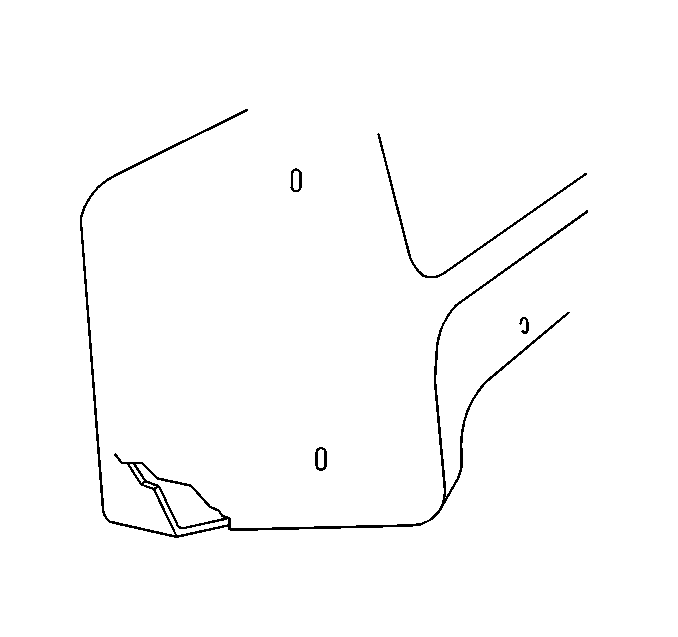
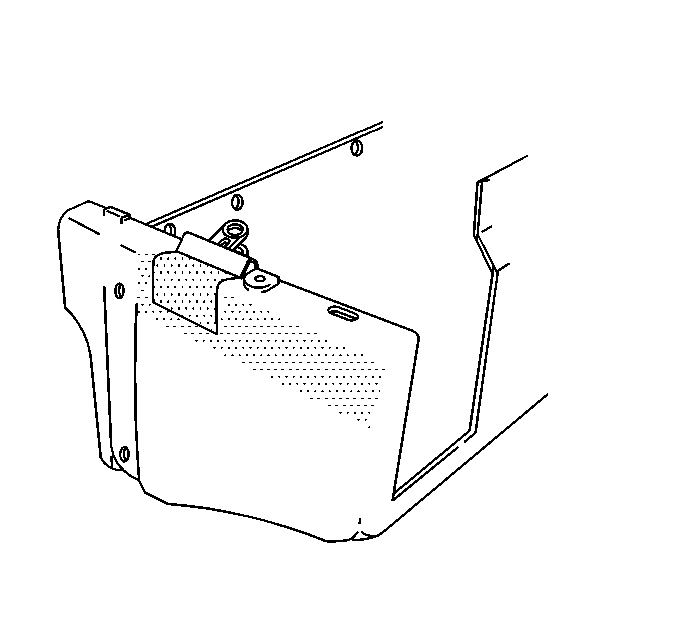
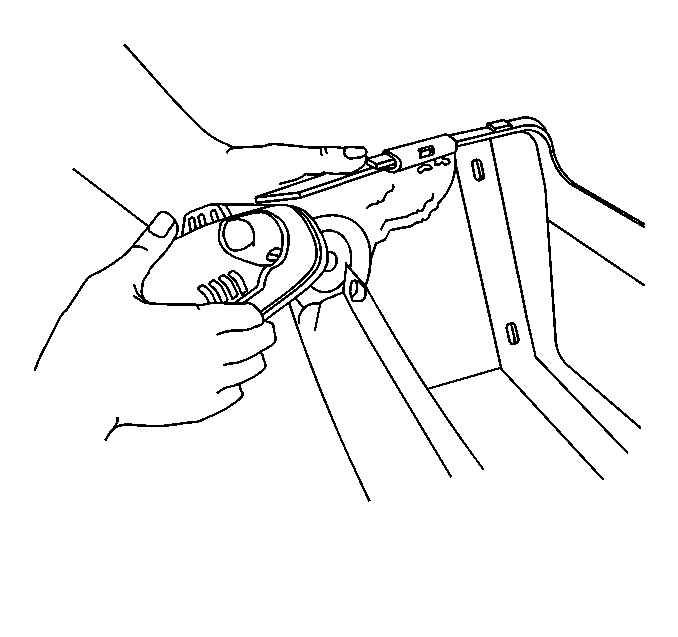
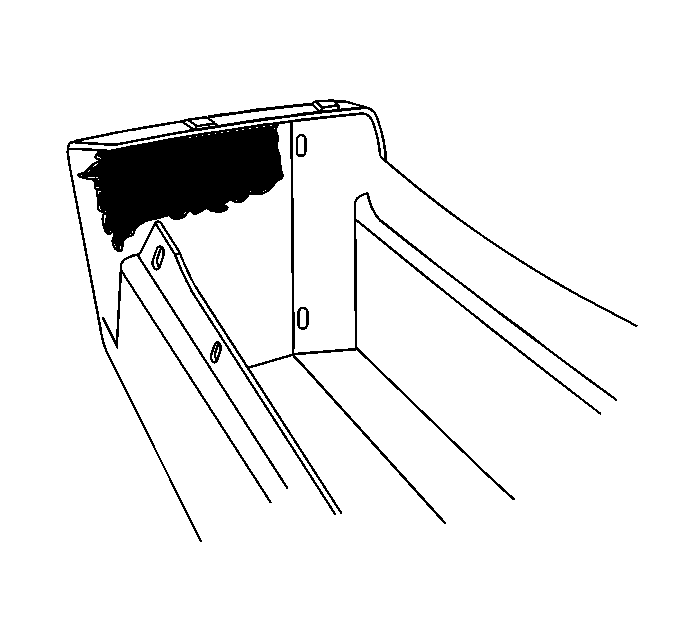
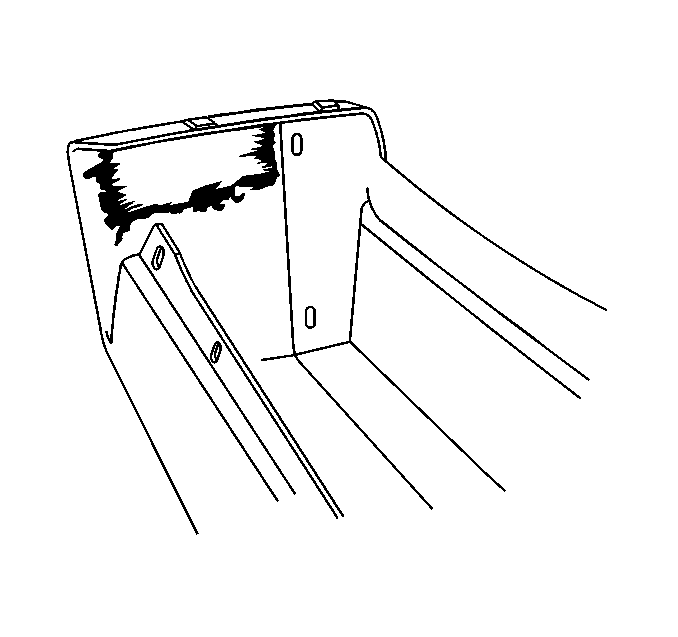
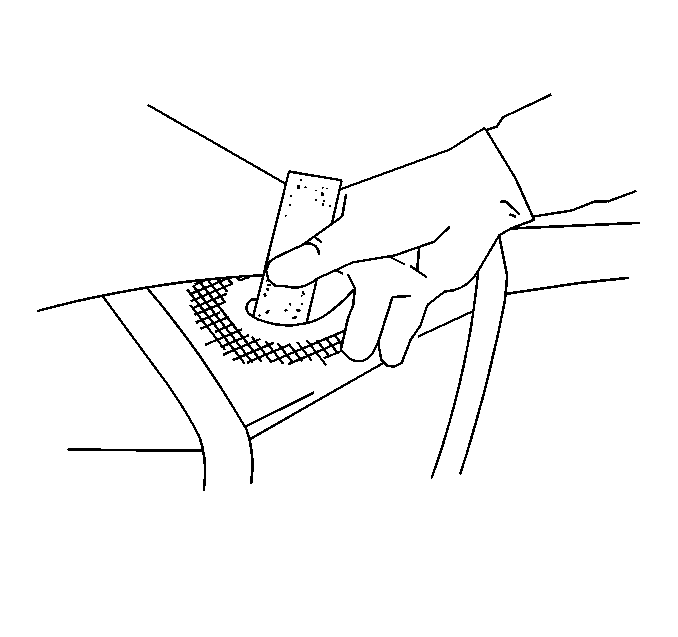
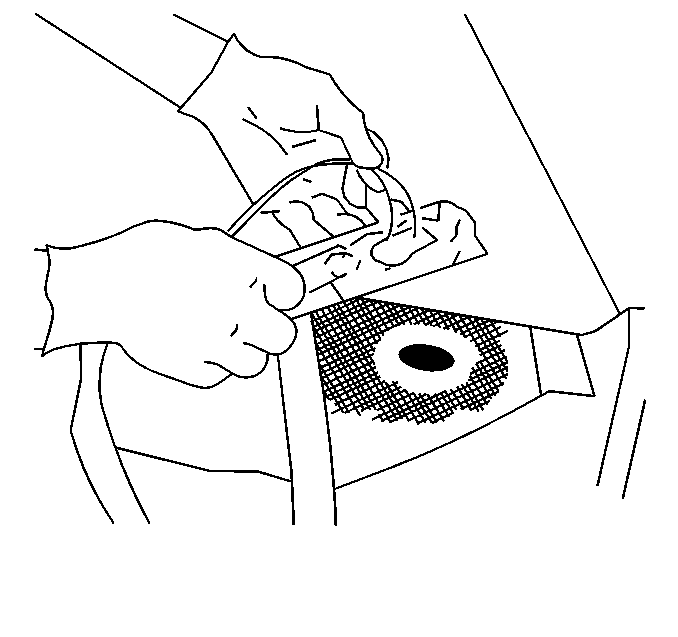
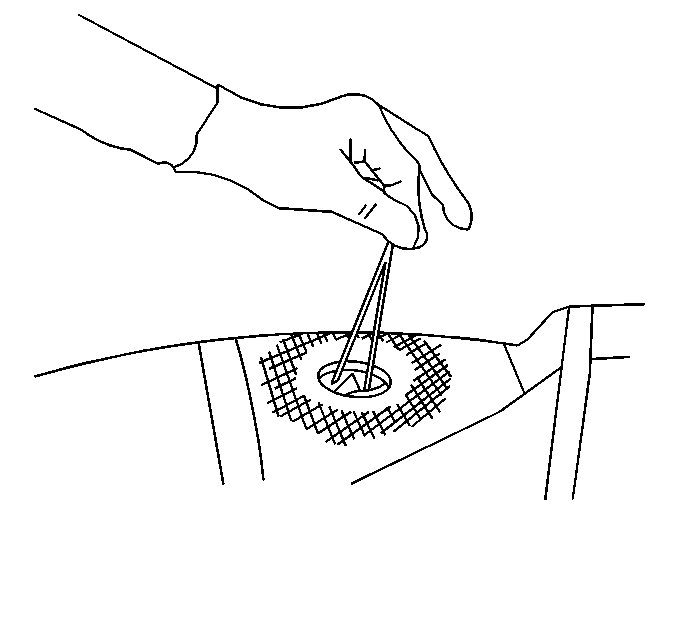
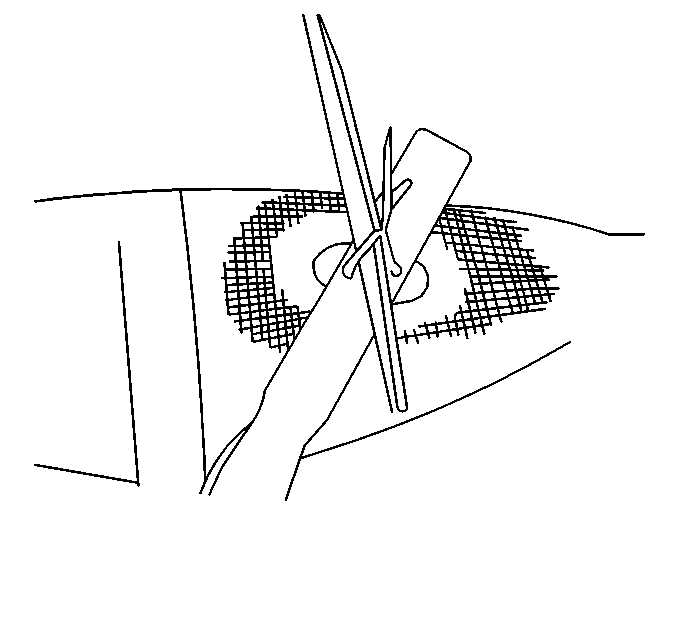
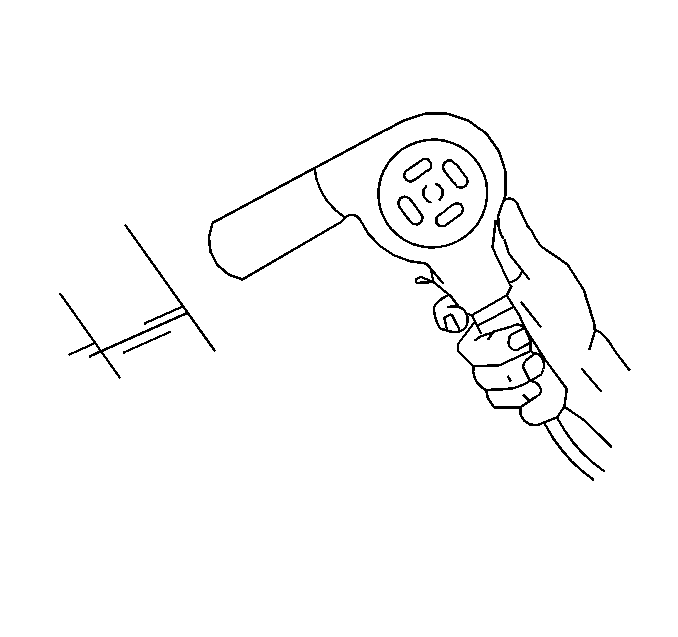

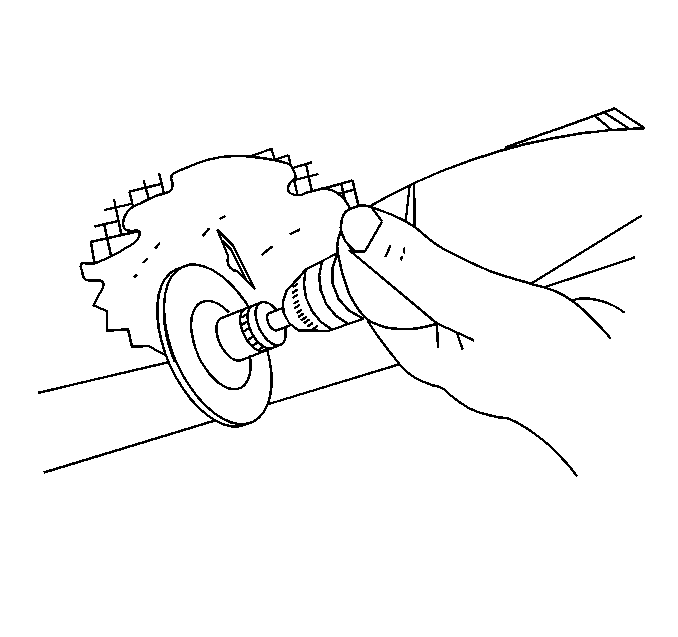
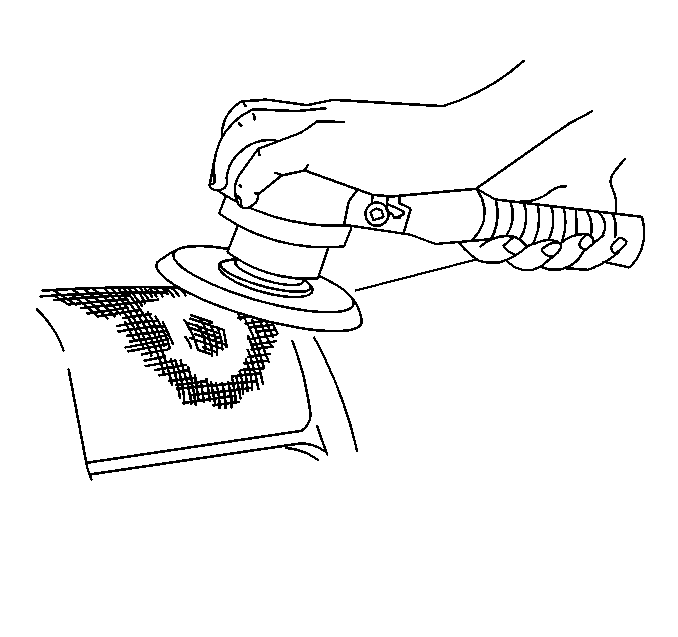
| • | Use a #80 grit disc on rigid panels. |
| • | Use a #180 grit disc on flexible panels. |
